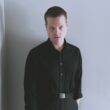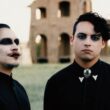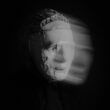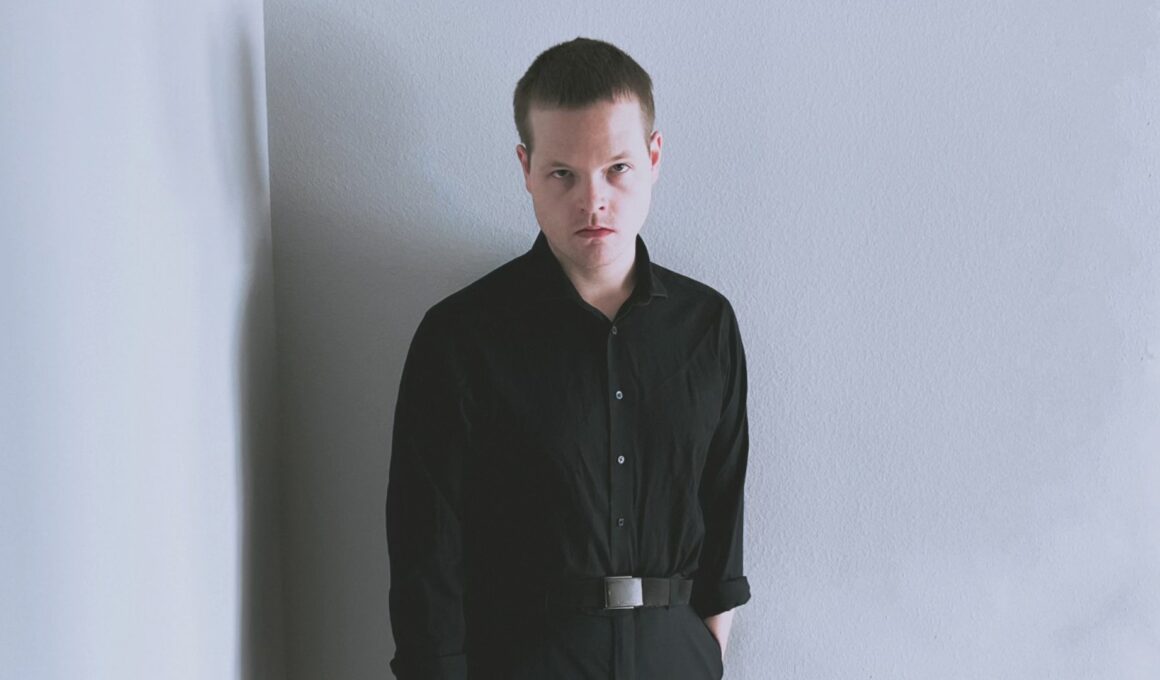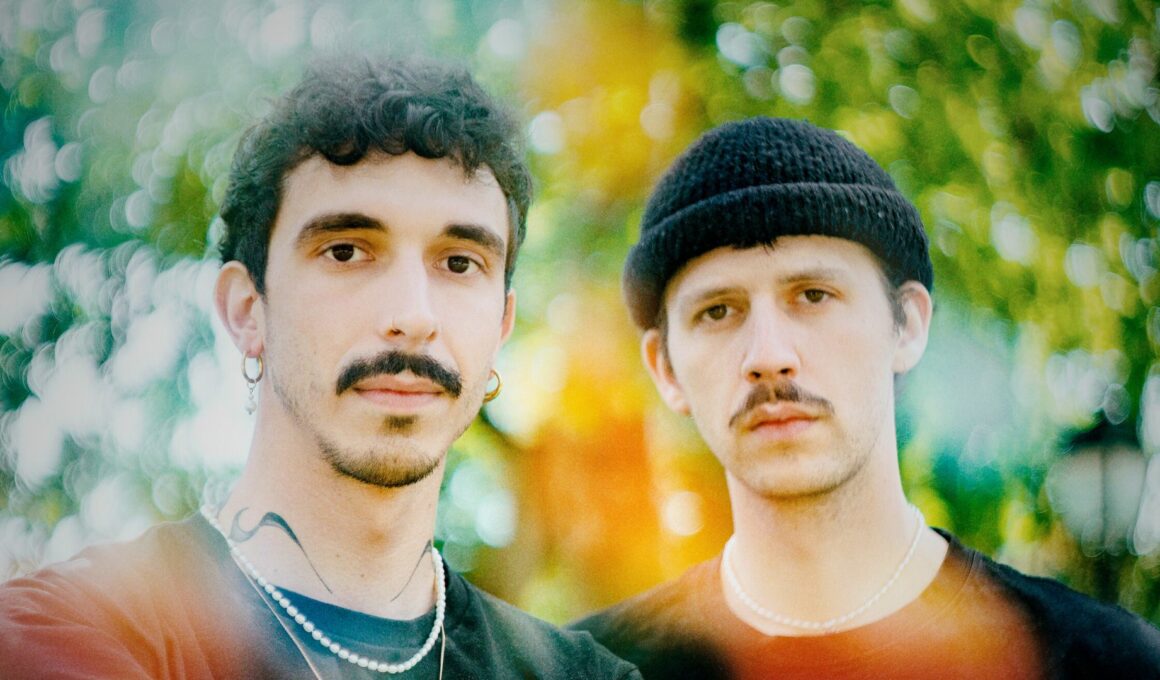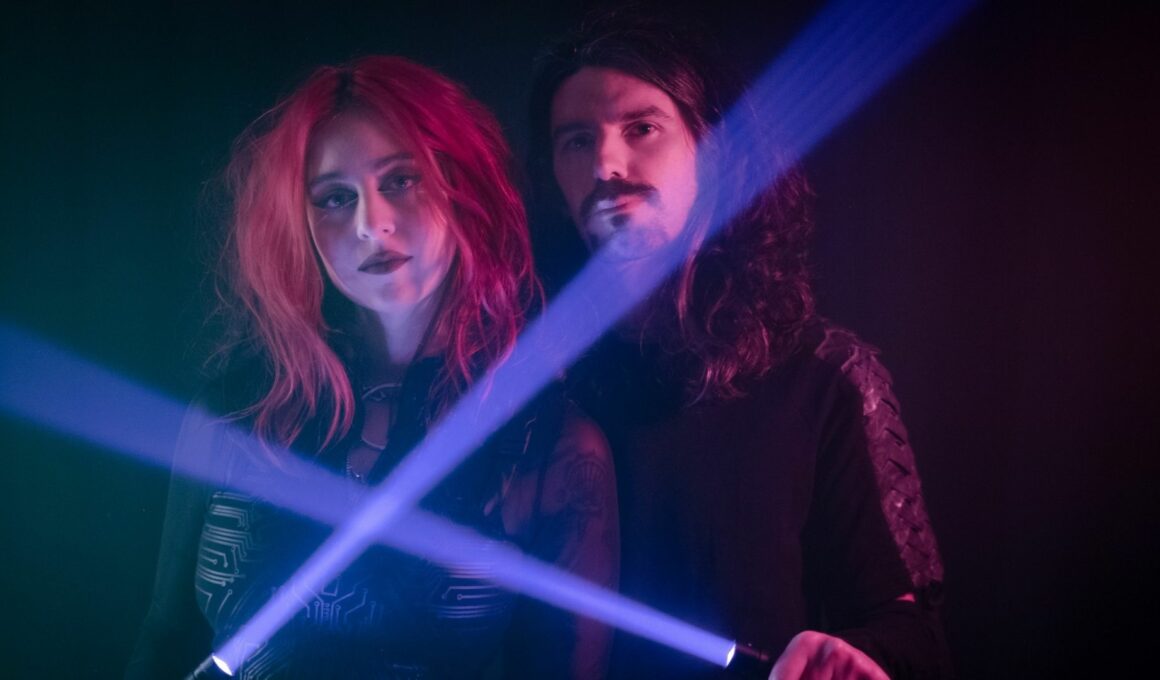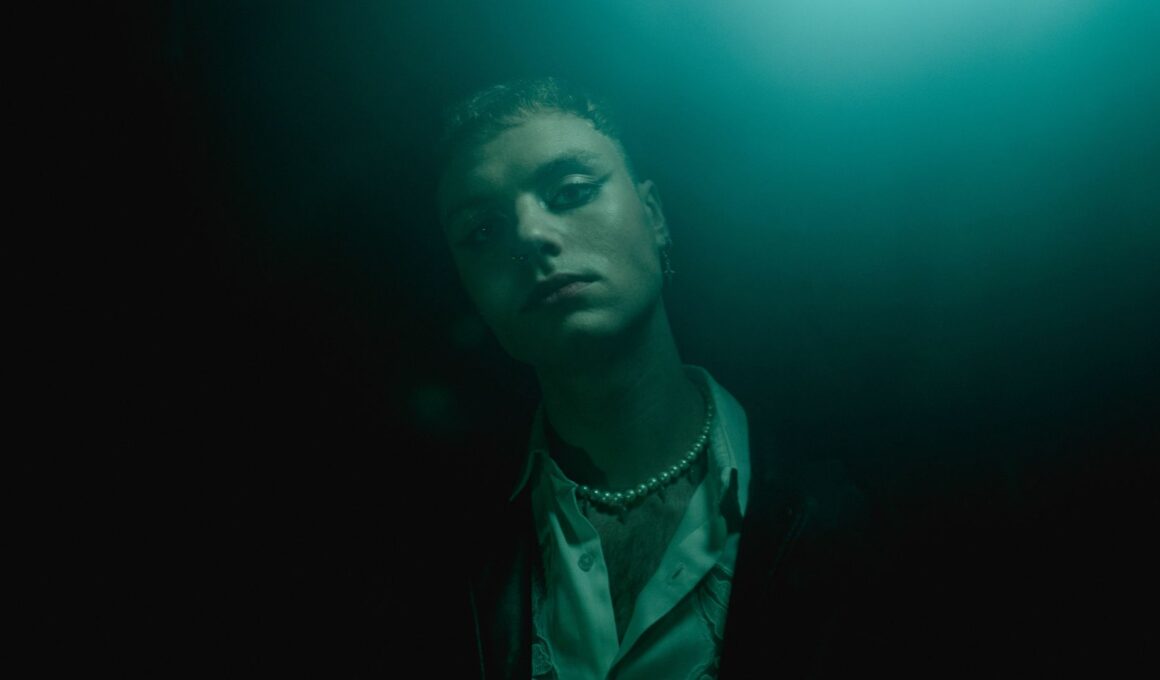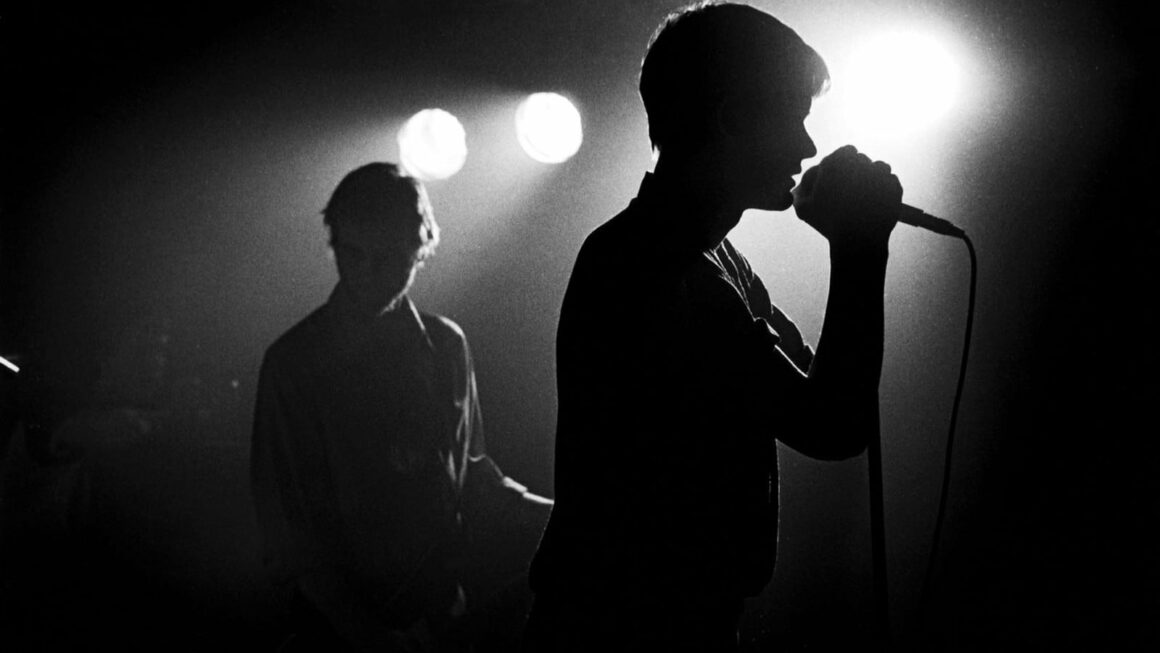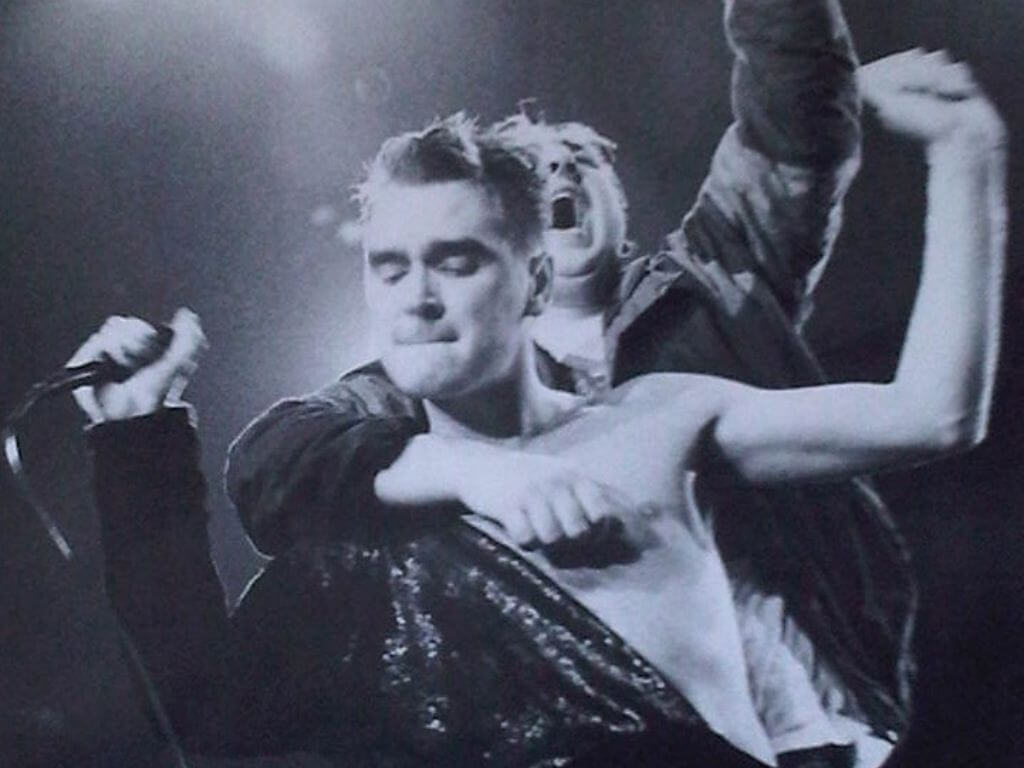
Morrissey’s First-Ever Solo Gig
A rare view into the legendary 1988 Wolverhampton show after the breakup of The Smiths.
For those of us in this high-tech era with our smartphones, it can sometimes be hard to imagine the way fans must have interacted with music before the advent of these technologies. Was it that profound cultural change meant investment in music went much deeper, or was it that the lack of ways of sharing any musical experience for all to see meant that gigs and concerts were more poignant and more meaningful?
Morrissey’s first-ever solo gig was at the end of a decade and was the pivotal point after the breakup of The Smiths which saw him strike out on his own as an artist. The short release time of his first solo album, Viva Hate – a mere six months after the release of The Smiths’ final studio album Strangeways Here We Come – meant that Morrissey was recording the album in the aftermath of his breakup with Johnny Marr. In some ways, this may have made it all the more significant for fans to witness his new rebirth as an artist in Wolverhampton the year after – and this first solo concert recorded for posterity was received extremely well by fans.
The breakup of the band in tandem with the 1988 Wolverhampton concert meant that the entire scenario was relatively bittersweet. There is no single narrative as to how Johnny Marr and Morrissey broke up. Marr’s side of the story was that it just wasn’t working and that the two had different creative identities. However, rumours circulated of a misunderstanding, which Marr firmly denied. Other accounts report that Marr and Morrissey fell out over what music they wanted to release, with Morrissey going for sixties pop covers and Marr in turn collaborating with many other artists. This resulted in Morrissey feeling he had to go his own way in order to carve a creative niche. Once this happened, the Wolverhampton concert and fan response were extremely memorable.
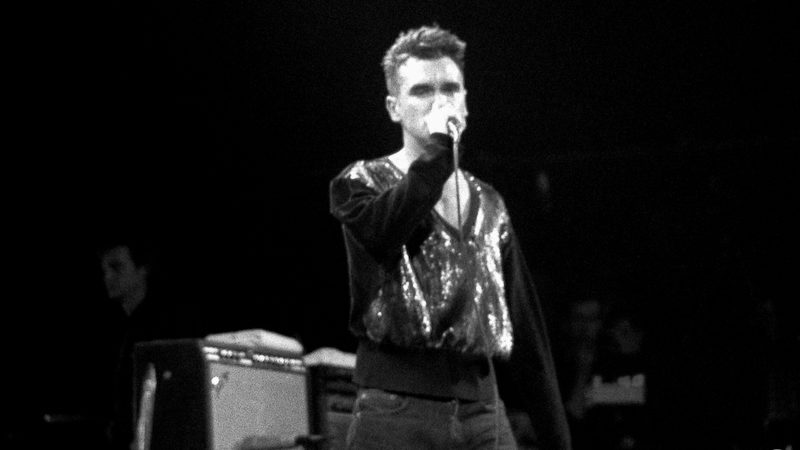
Held at Wolverhampton’s Civic Town Hall, the greatest takeaway for any observer was the way fans supported their idol no matter what. Morrissey’s unusual way of doing things as well as his general eccentricity meant that there were no tickets. Instead, concert-goers needed merely to wear a Smiths or Morrissey T-Shirt in order to get past the tuxedo-ed bouncers. A resulting crowd of over 20,000 turned up, far more than could possibly fit into the venue.
“I felt in order to get in you had to make a slight effort, it wasn’t going to be that easy. So I knew that the people who made the effort were the important ones.”
– Morrissey
Morrissey himself remains an enigma, and this is why the following surrounding him is so emphatic when seen on video, especially at such a point in his career. His refuses to fit into categories, with politics which are neither left nor right, and his personality are often difficult to decipher. The imagery surrounding him is often better at communicating the artistry which goes on within his mind, as a result, the way music lovers brought gladioli to the concert as a creative representation of how much his music meant to them also strongly remains in the memory of those who watch it. The way he and his fans had an almost intuitive way of communicating – without the walls or personnel many celebrities have nowadays – made him simultaneously their idol but also humanised him with the fact that he was able to interact with them on a personal level in gratitude for their support of his solo career.
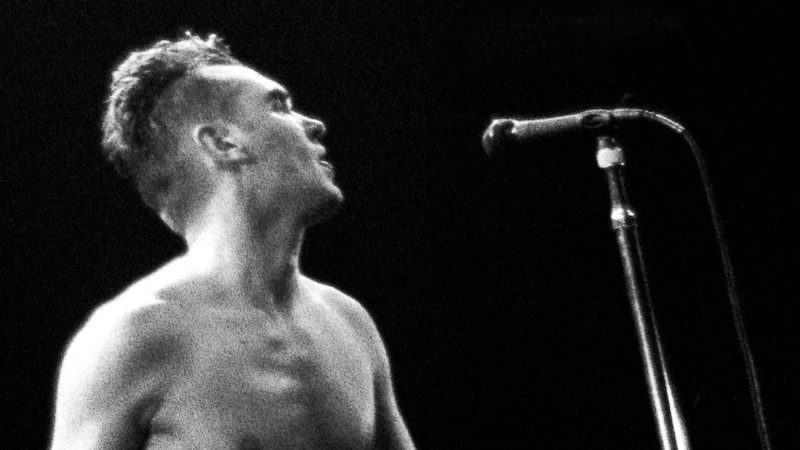
Nowhere is his enigmatic personality highlighted more than in the artistic fluidity he demonstrates in this concert. From start to finish, Morrissey changes lines, bringing in ad-libs and references to the original drafts of songs which were not necessarily performed the same way on the recordings with The Smiths – a further way of him showing his rebellion. Despite his eccentricities, fans love him all the more, and the line-up was encored back on stage to perform “Sweet And Tender Hooligan”, the final song of the night.
The fact that fans were able to interact with their idol so easily was no small feat, especially as the main line-up was almost identical to The Smiths, except for the absence of Johnny Marr. As a result, it can be seen in this very moment that this was about Morrissey himself and his solo breakthrough. The amount of love for him shown by the fans indicated that this was no mere alteration to The Smiths but something much bigger and deeper for Morrissey as an artist in his own right.
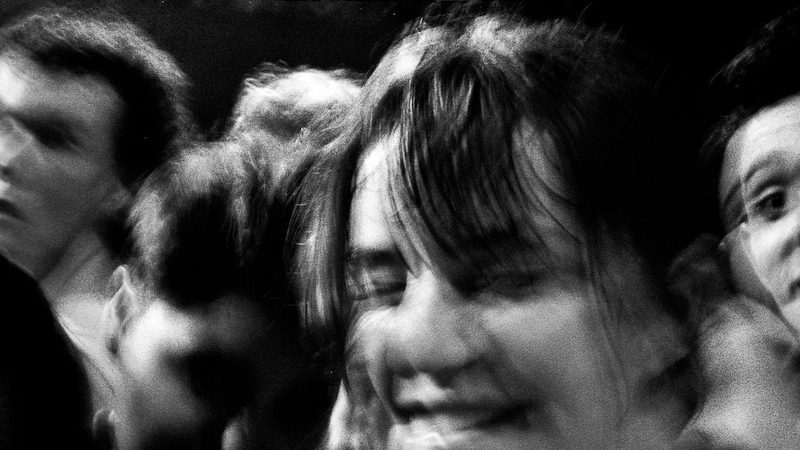
In the end, this fan support was by no means just about Morrissey bravely striking out on his own – something already challenging for an introvert whose foray into music was first instigated by Johnny Marr coming and knocking on his door – it was also about making a cultural statement. The Eighties were a time when music became much more artsy and introspective – a sign of what was to come with the heavy emphasis on alternative music which followed in the nineties. By supporting Morrissey’s avant-garde way of putting on a gig, and his solo career in general, fans were essentially settling themselves down as no holds barred supporters of his creative choices, no matter what they were.
His first solo compositions – and the concert – were both undeniably extremely different from his work with The Smiths, even going so far as to actively avoid the signature jangly guitars which had become such a recognisable part of the band’s records on his new songs (an idea which had, in fact, originally been Marr’s). Therefore, it became all the more important that his fans supported him no matter what. Fans could only imagine what must have been going on in the mind of a musician such as Morrissey – for at the time, his creative identity as an individual performer still had not yet developed and in some ways, Viva Hate was a way of him trying and testing new ideas before he fully embraced his solo career. As a result, the concert represents a rare view into the creative process behind his work, with an identity neither as well developed as in his later performances but still distinctly different from his work with Johnny Marr – in a sense, a rare, in-between area in his creative journey where fans could actively see profound creative change happening.
Setlist
| No. | Track |
| 1. | Stop Me If You Think You’ve Heard This One Before |
| 2. | Disappointed |
| 3. | Interesting Drug |
| 4. | Suedehead |
| 5. | The Last Of The Famous International Playboys |
| 6. | Sister I’m A Poet |
| 7. | Death At One’s Elbow |
| 8. | Sweet And Tender Hooligan |
Featured Image by Morrissey-Solo

